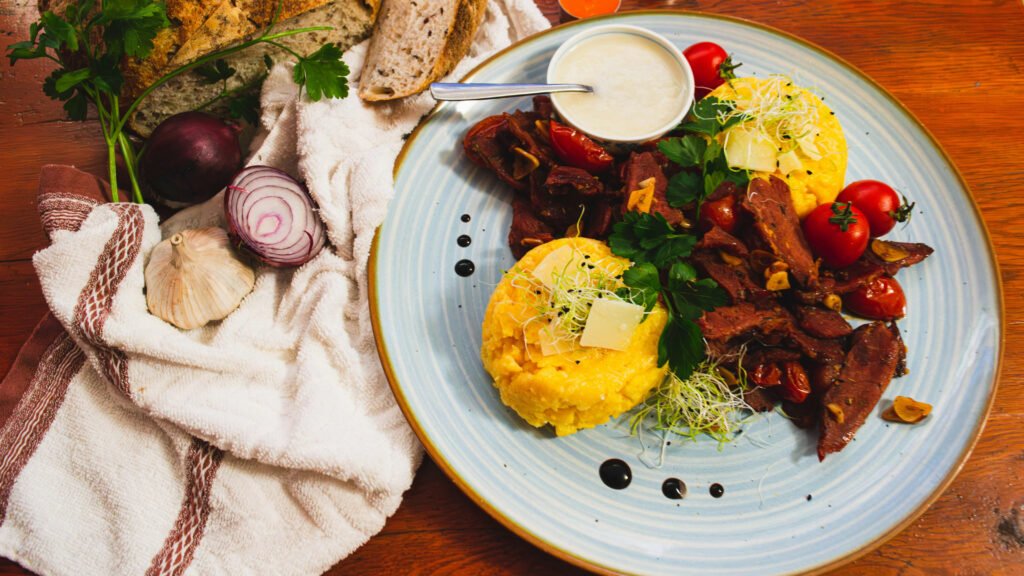
Why Romanian Food Is Worth Discovering
Romanian food is hearty, layered, and deeply tied to the land and seasons. It reflects centuries of influence, from Ottoman stews to Saxon roasts and Hungarian spices.
Yet it’s never just a blend. It’s grounded in what people grow, raise, preserve, and share.
Many of the dishes you’ll come across have roots in peasant traditions and differ greatly from region to region, while others were once served at aristocratic tables.
Today, you’ll find them all across the country, from open-air markets in Sibiu to Sunday tables in Buzău.
Here are 15 traditional dishes that represent authentic Romanian food at its most beloved.
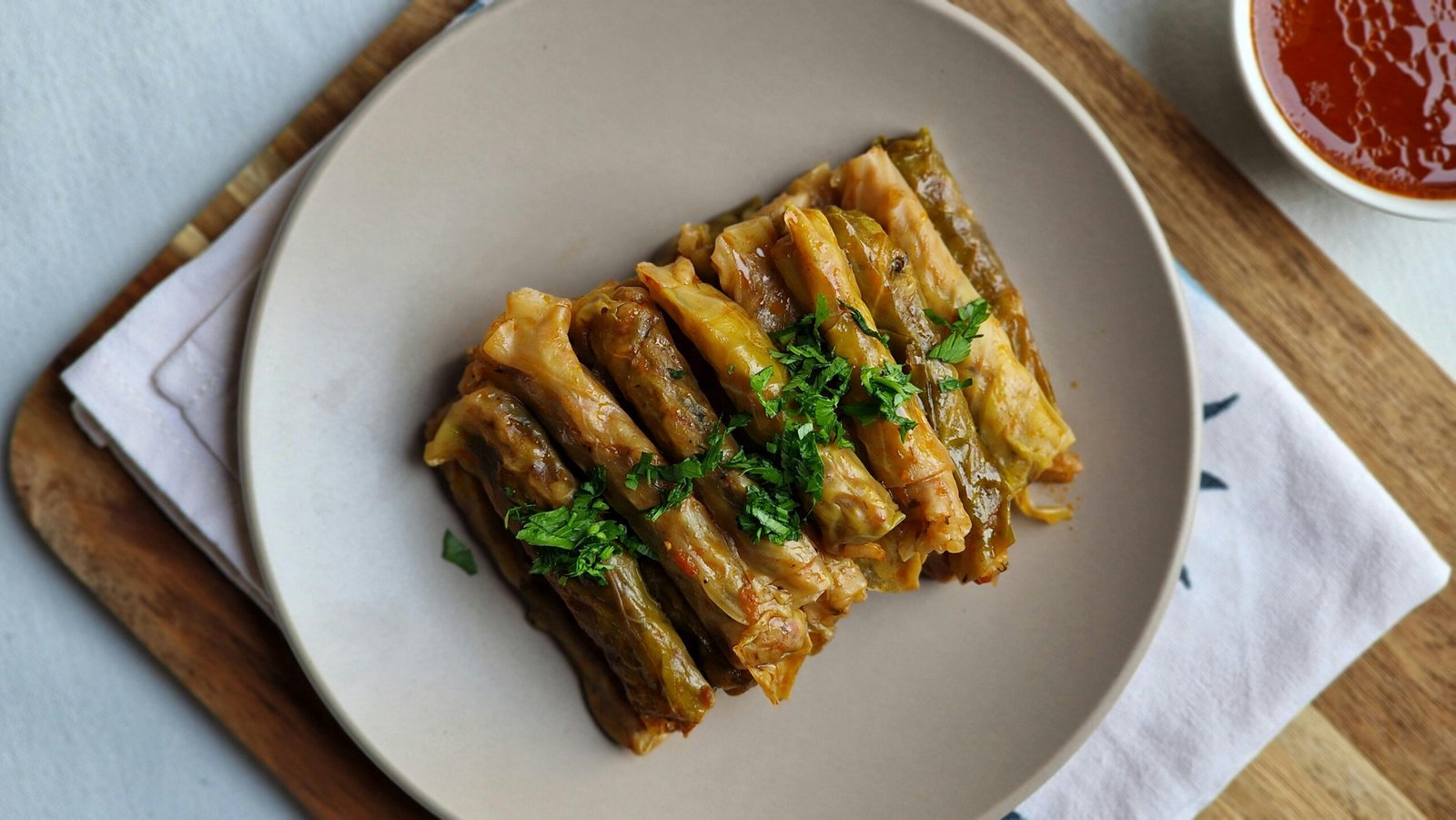
Sarmale (sărmăluțe – cabbage rolls filled with meat and rice)
If there’s one dish that defines Romanian cooking, it’s sarmale.
These cabbage rolls are typically stuffed with minced pork and rice, then simmered for hours in tomato sauce and sometimes smoked bacon. You’ll often find them served with mămăligă (similar to polenta) and a dollop of sour cream.
Sarmale is a holiday staple, and families prepare huge pots of it for Crăciun (Christmas) and Paște (Easter), often a day in advance so the flavors deepen overnight.
Mamaliga (mămăligă – Romanian polenta)
Mamaliga is humble but versatile.
This cornmeal porridge is usually cooked until thick, then served alongside stews, cheese, or meat. In rural areas, it replaces bread at nearly every meal, and can be served from quite runny, to quite firm, almost like bread.
In Maramureș and Moldavia, it’s sometimes sliced and layered with cheese and butter, forming a dish called bulz, and depending on the preparation, is grilled over an open flame and paired with smoked sausage or sour cream.
Ciorba de Burta (tripe soup)
This creamy, tangy soup is polarizing but loved by those who grow up with it. Not my favorite Romanian dish, those who do love it, really love it!
Made from beef tripe, sour cream, vinegar, and garlic, it’s often served with a hot chili pepper and a side of bread.
Locals say it’s the best cure for a hangover and it’s a common order at restaurants across the country and a traditional Sunday favorite.
Mititei (grilled skinless sausages)
Also called mici, these skinless sausages are found sizzling at barbecues, street fairs, and roadside terraces and are one of my all time favorite Romanian foods.
The mix includes beef, lamb, and pork seasoned with garlic, thyme, and baking soda to create a juicy, springy texture.
Served with mustard and fresh bread, mititei are often enjoyed with a cold beer on summer evenings and the smell of mici grilling is thick in the air during the summer months.
Ciorba de Perisoare (meatball soup)
Unlike brothy soups, Romanian ciorbă is sour by design.
Perișoare are small meatballs made from pork or beef mixed with rice and herbs. The soup gets its signature tang from borș, a fermented wheat bran liquid, or lemon juice.
Families pass down their own versions, but the essence is the same: warming, bright, and perfect on a rainy day.
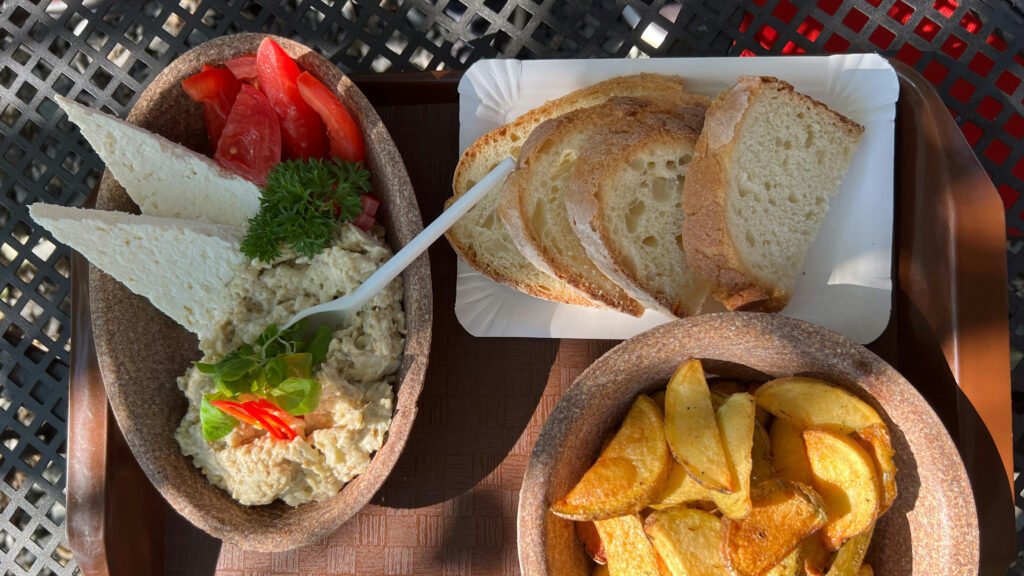
Zacusca (vegetable spread)
Zacusca is slow food at its finest. This thick vegetable spread is made from roasted eggplant, red peppers, onions, and tomatoes. It’s simmered until silky, then jarred for winter.
Romanians eat zacusca on fresh bread, usually as a starter. It’s one of the most typical Romanian foods prepared in bulk each autumn, especially in villages.
Some versions come with beans, but for me, the traditional peasant variety is the best, and the more onions, the better for me.
Ciorba Radauteana (chicken sour soup)
Originally from the northern town of Rădăuți, this soup is a milder cousin to tripe soup.
It uses chicken breast instead of organ meat and is thickened with egg yolk and sour cream. Garlic and vinegar give it a slight kick.
You’ll find it on most menus across Moldova and Bucovina, and many consider it a perfect starter to a bigger meal.
Tochitura (meat stew)
Tochitura is a robust meat dish usually made with cubes of pork or a mix of meats, fried with garlic, tomato paste, and sometimes a bit of wine.
It’s often topped with a fried egg and served with mamaliga and cheese.
It’s a celebration dish—rich, bold, and unapologetically filling and you’ll often find regional variations, especially in Moldavia and Wallachia.
Drob de Miel (Easter lamb haggis)
Prepared mostly for Paște (Easter), drob is a traditional Romanian Easter dish made from finely chopped lamb organs mixed with herbs, eggs, and green onions.
It’s baked in a caul fat wrapper or dough crust, and although it may not sound too appealing to some, it is definitely worth a try, as it is actually quite tasty.
It resembles a pâté but is spiced more like a rustic meatloaf. It’s usually served cold in slices.
Papanasi (papanași – fried cheese doughnuts with sour cream and jam)
Papanasi is one of the most popular Romanian desserts and rightfully so.
These are fried cheese doughnuts made with cottage cheese, semolina, and eggs. They’re served warm, covered in sour cream and thick cherry or blueberry jam.
You’ll find them in nearly every Romanian restaurant, and they’re a sweet, messy, joyful end to any meal.
By far, papanasi is tied with mici for me, as the best Romanian food, and I will never get tired of them.
Salata de Boeuf (beef and vegetable salad)
Despite the name, this dish isn’t always made with beef.
It’s a finely chopped mixture of root vegetables, pickles, mayonnaise, and sometimes chicken or beef, topped with decorative rows of boiled egg or olives.
Served cold, it’s a must at Romanian holidays and family gatherings. Every household has its own ratio and decoration style.
Fasole cu Carnati (beans with sausage)
This dish of white beans stewed with smoked sausage is a winter favorite. The beans are simmered with onions, carrots, and bay leaves until thick and creamy.
You’ll often see it served on 1 December, Romania’s National Day. In some towns, local governments give out bowls of fasole cu cârnați for free in the square to celebrate.
Placinta cu Branza (cheese-filled pastry)
These hand-folded pies can be savory or sweet.
The most popular version uses salty brined cheese like telemea mixed with egg, wrapped in thin dough and pan-fried or baked.
They’re often eaten as street food or packed for travel. In Moldova and Bucovina, you may also find them filled with potato, cabbage, or sour cherry, and are a great snack.
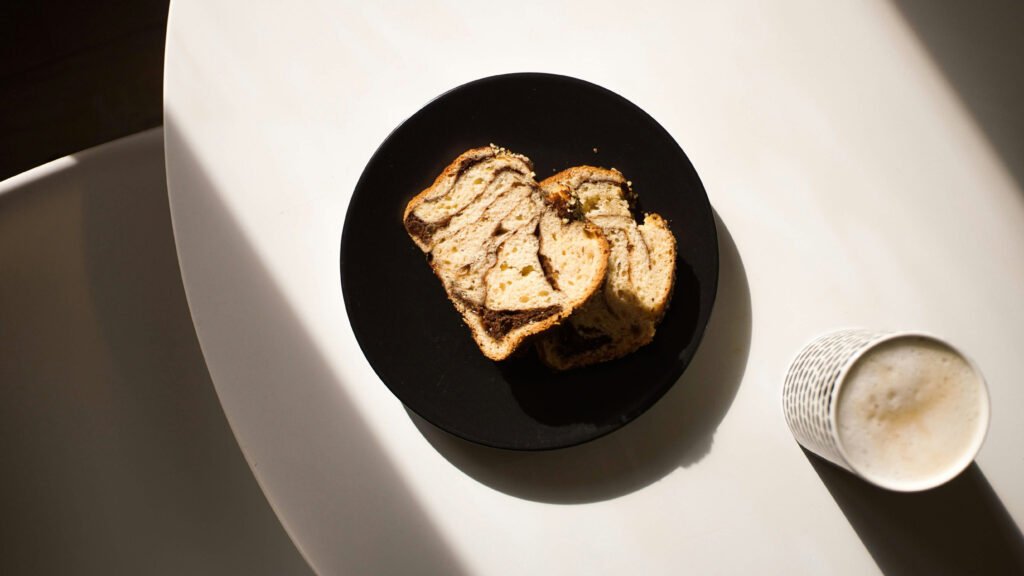
Cozonac (sweet bread with walnuts or cocoa)
Cozonac is braided holiday bread filled with walnut paste, Turkish delight, or cocoa.
It’s baked for Christmat and Easter and served sliced with milk or coffee.
The smell of cozonac baking is unmistakable as it is yeasty, warm, and laced with vanilla and citrus peel.
For many Romanians, it’s the scent of childhood holidays and is a labor of love, as it often takes hours to prepare.
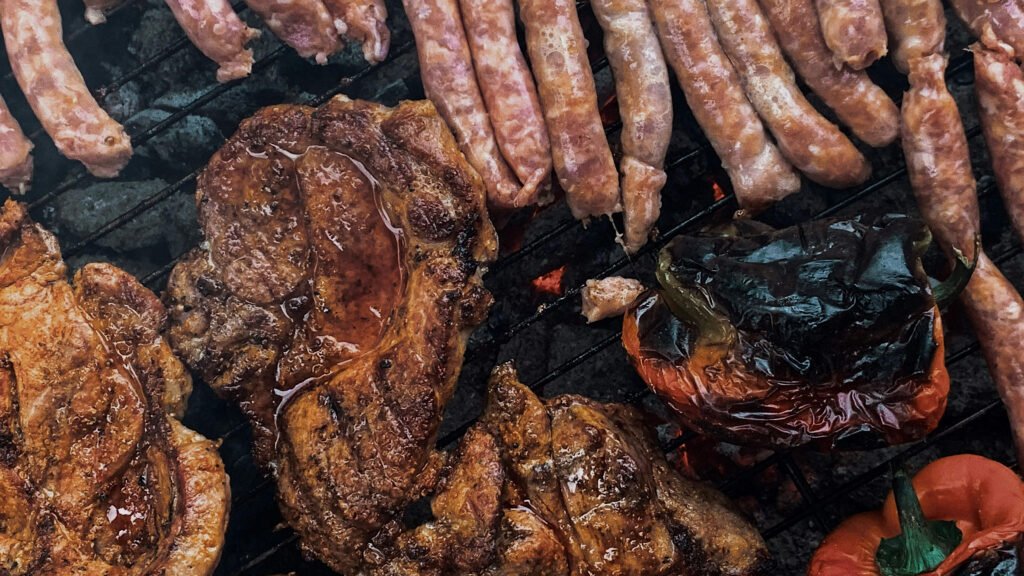
Caltabos (homemade pork sausage)
Made after the pig is slaughtered in winter, caltaboș is a soft sausage filled with pork meat, rice, and spices.
It’s boiled rather than smoked and typically eaten cold.
Found mostly in rural households, it reflects Romania’s deeper food traditions tied to agriculture, preservation, and community.
What Makes Romanian Cuisine Unique
Romanian cuisine isn’t just about flavor. It’s about ritual, memory, and hospitality.
Recipes are handed down, not always written down, and meals are shared slowly. What makes them so good is the fact that the ingredients, many still grown in gardens or foraged, carry the seasons with them.
While you can find variations of these dishes in neighboring countries, the Romanian versions have their own twists.
Whether it’s the vinegar in the soup or the mamaliga under the stew, the details matter.
Where to Try These Classic Romanian Dishes
To experience authentic Romanian food, eat where locals do.
Village guesthouses, family-run pensiuni, and weekend markets offer the most honest versions.
In cities like Sibiu or Brașov, try traditional restaurants that cook seasonally and avoid tourist menus or restaurants that offer a mix of Romanian and western dishes.
Better yet, if you’re invited to someone’s home, always say yes. Romanian hospitality shines brightest at the table.

Final Thoughts on Typical Romanian Food
Trying top Romanian foods isn’t just about tasting something new. It’s a way to understand a place, people, and culture.
Each bite tells a story, from the pickles of a cold cellar to the cozonac that only grandma bakes just right.
If you’re planning a trip to Romania, come hungry and come curious.
The food will take care of the rest.







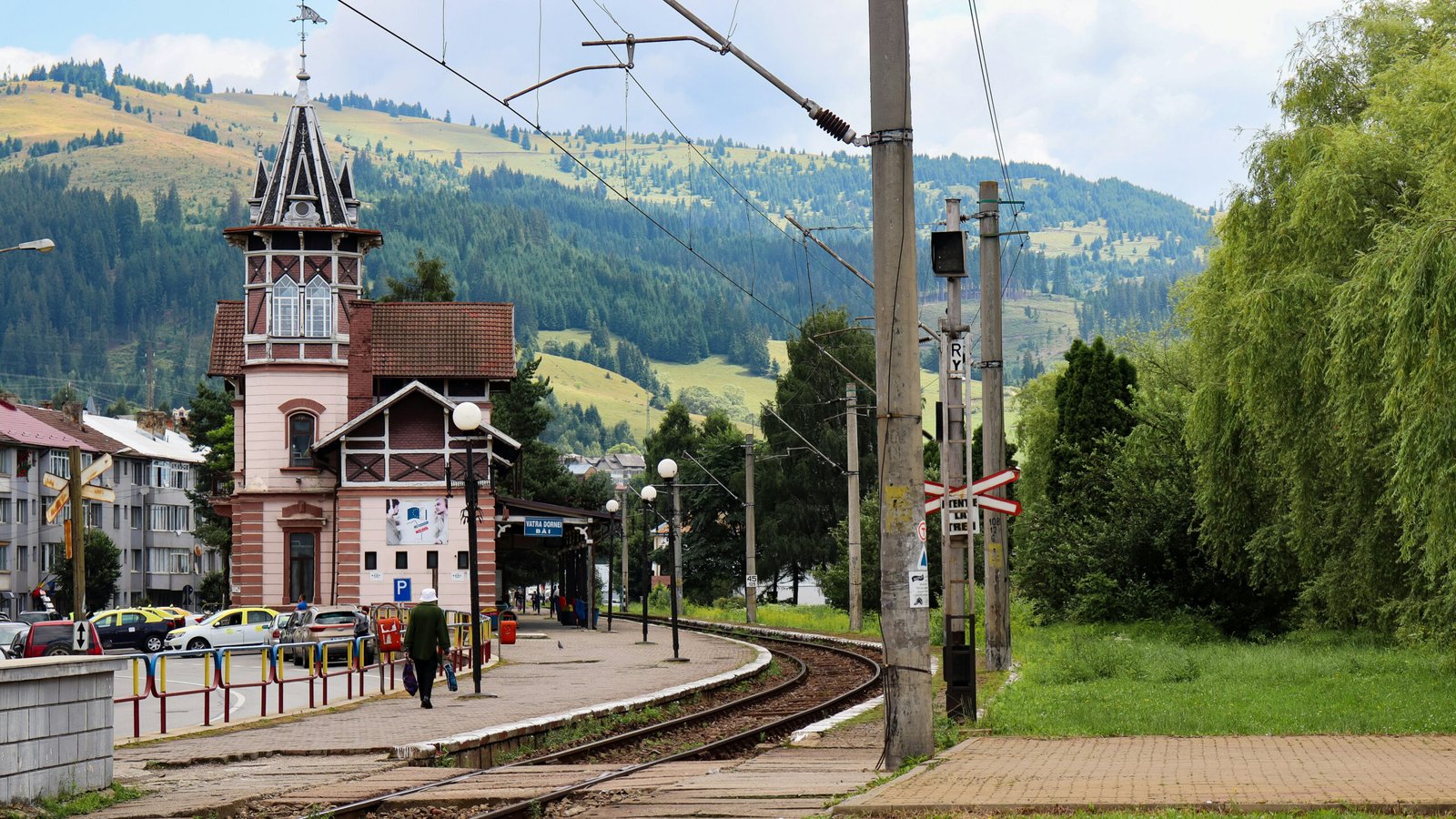
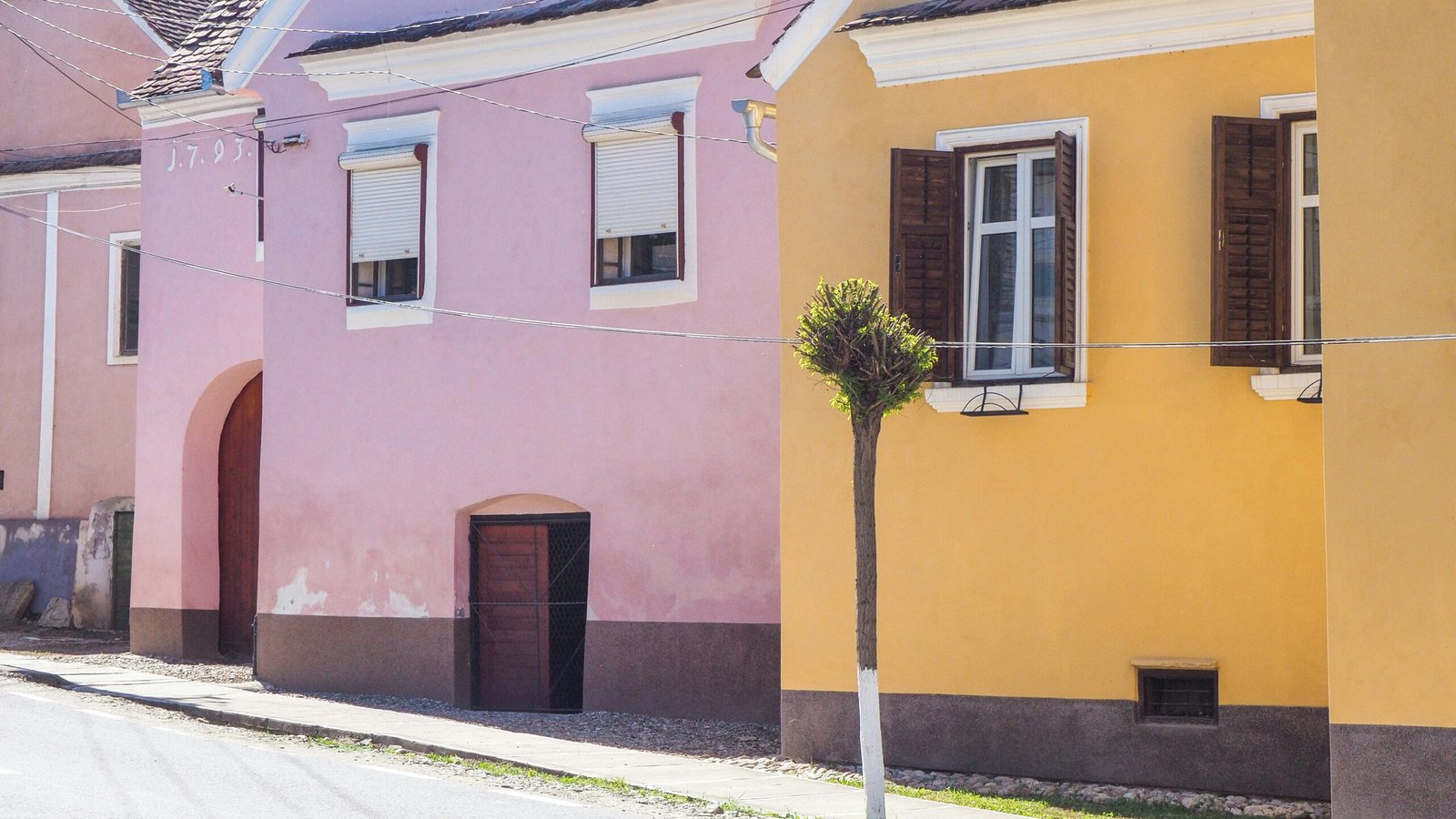
Leave a Reply